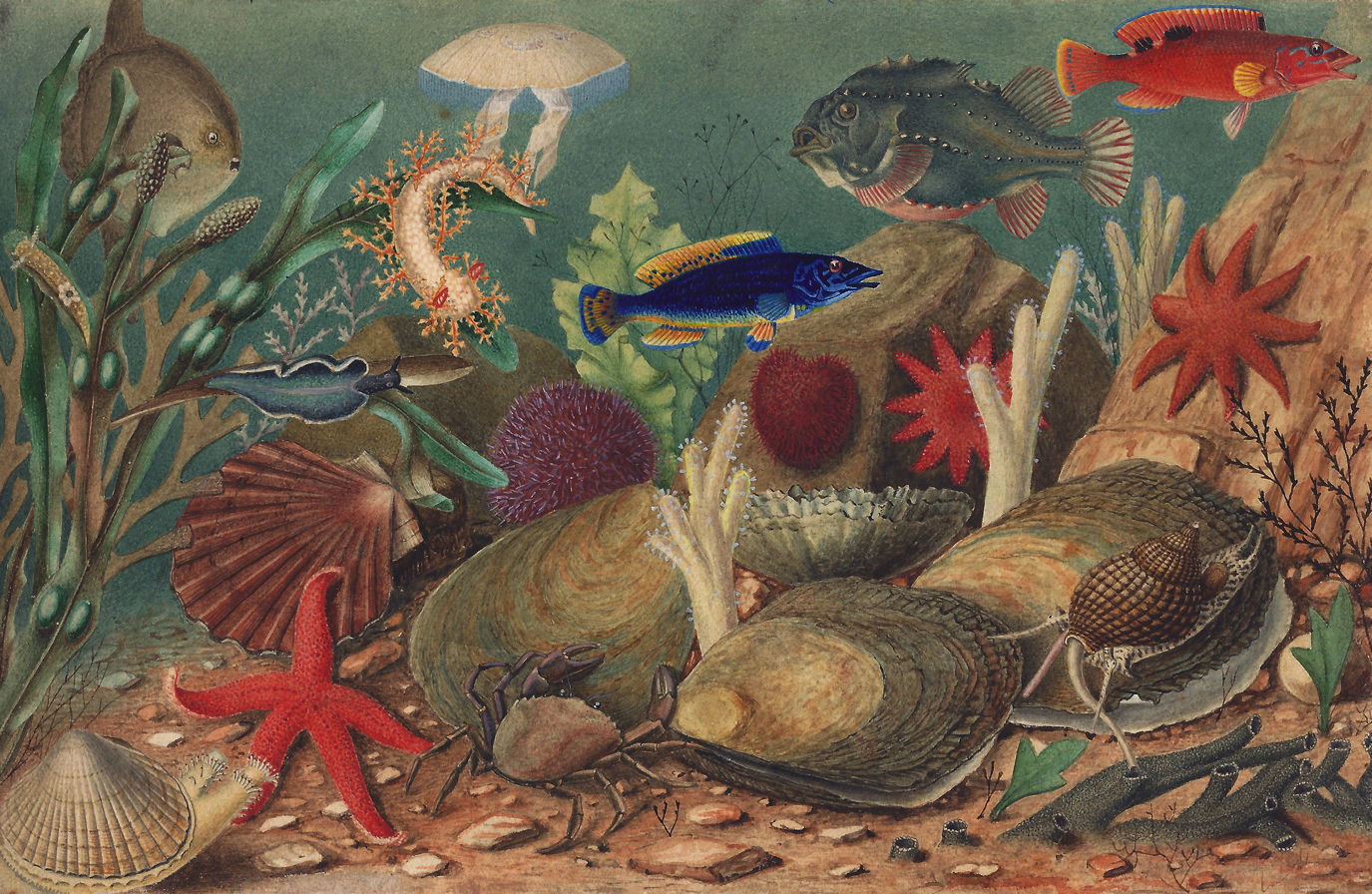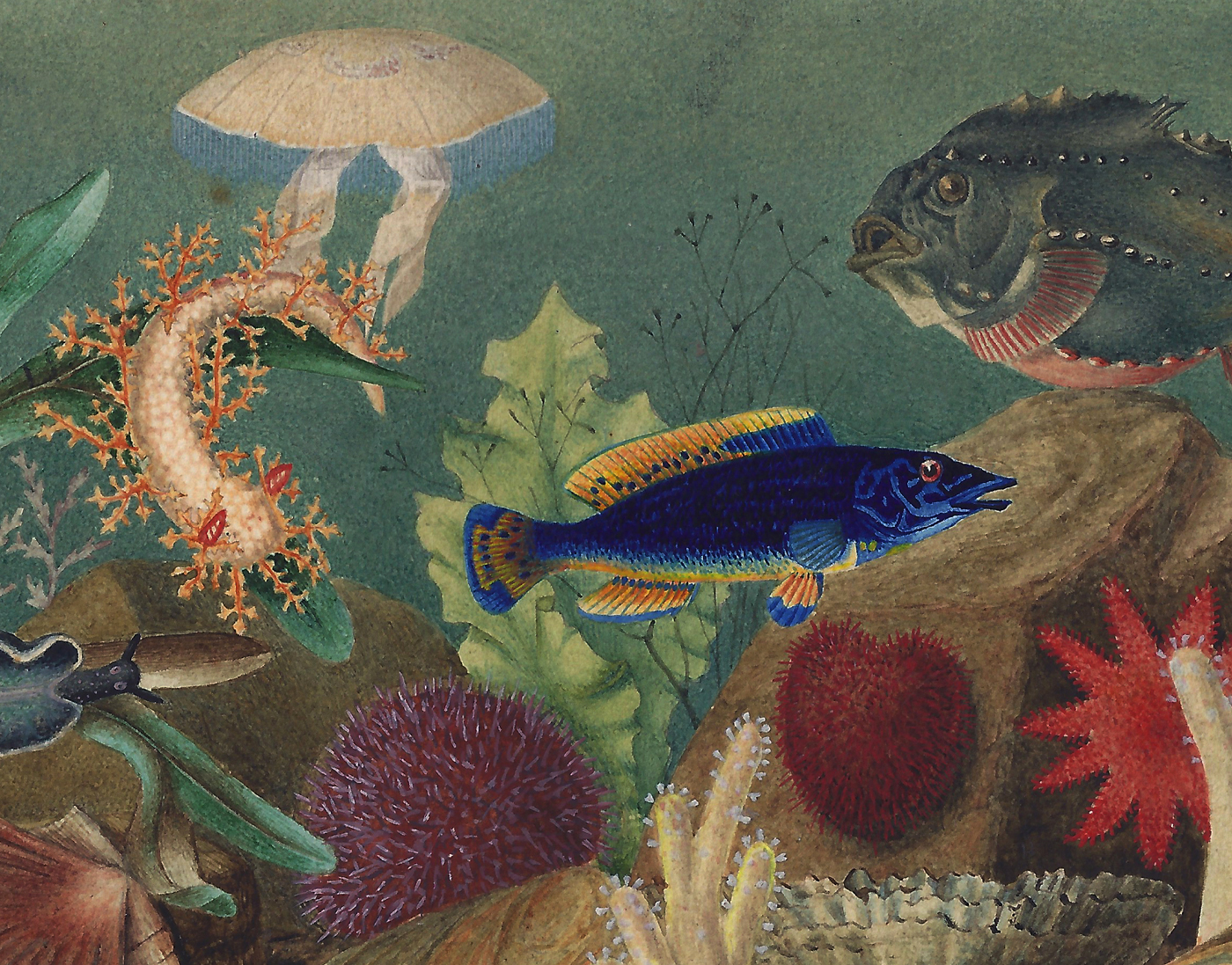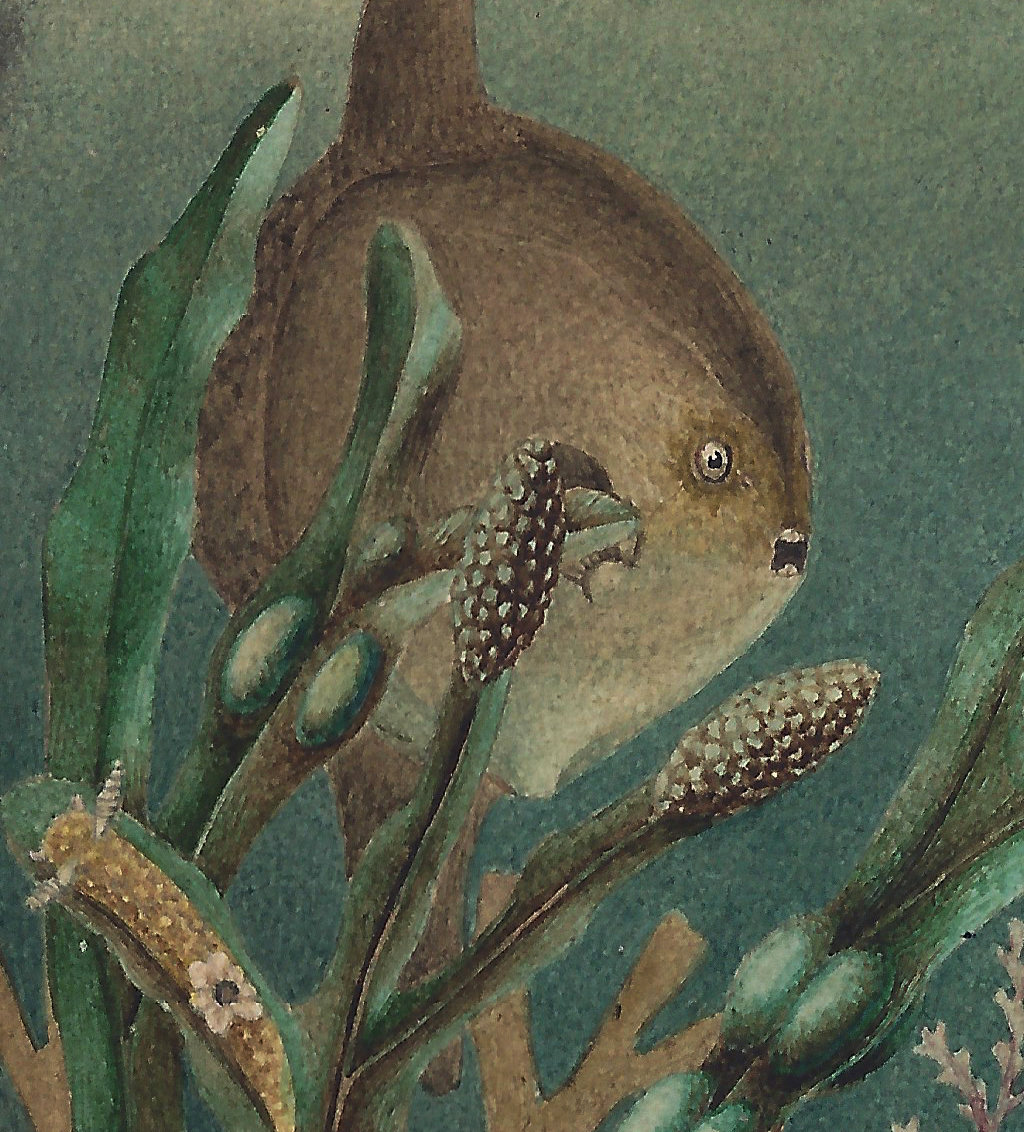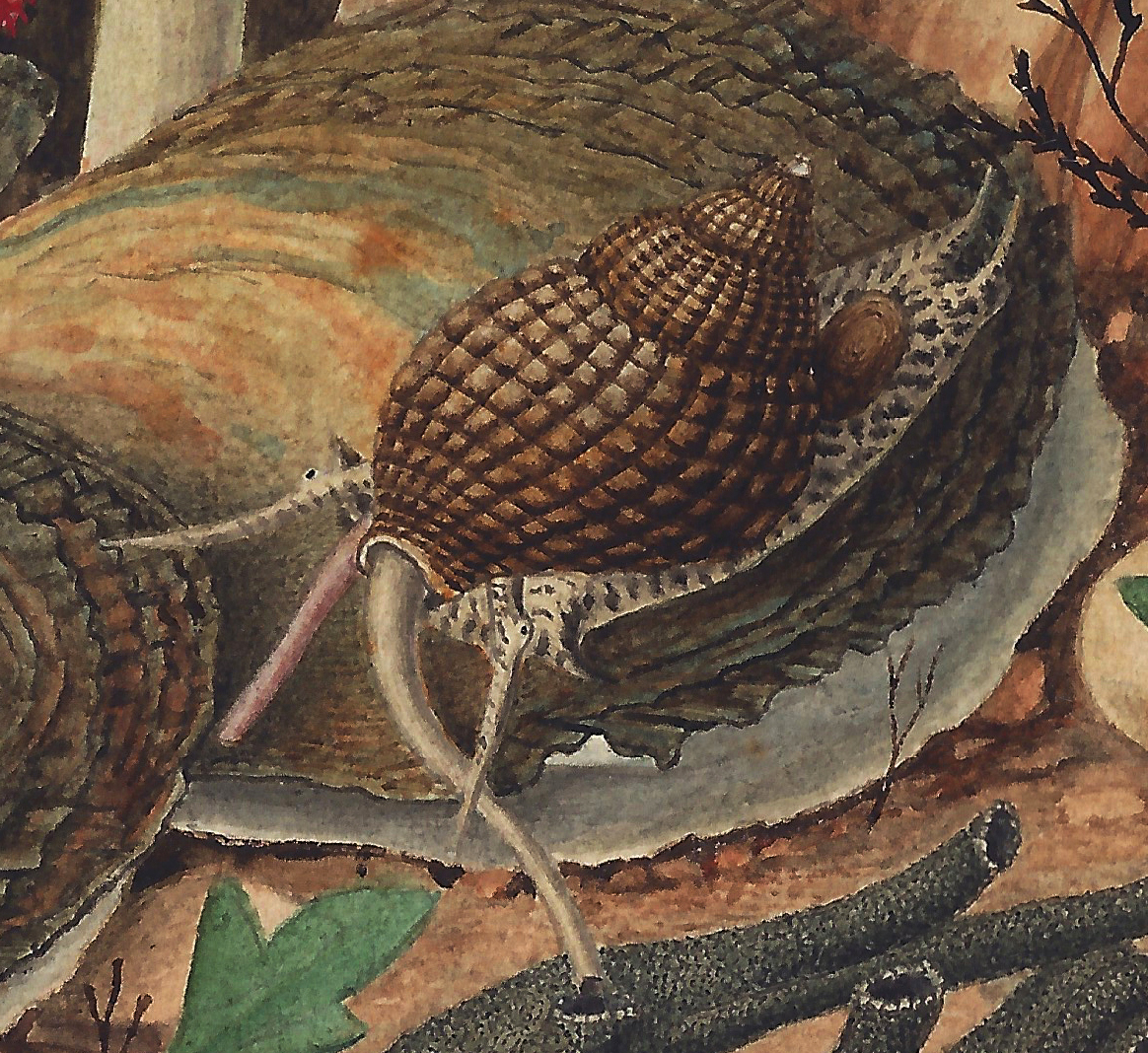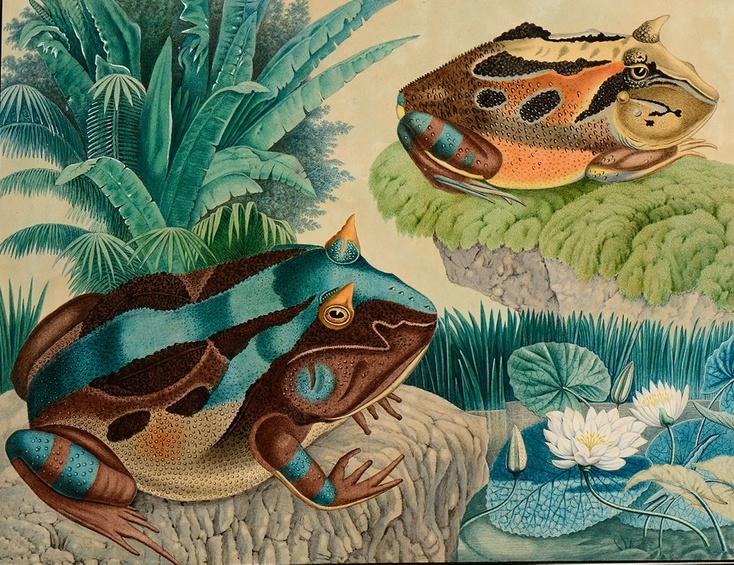GUSTAV FRIEDRICH SCHLICK (Leipzig 1804 – 1869 Loschwitz, near Dresden)
Gustav Friedrich Schlick (Leipzig 1804 – 1869 Loschwitz, near Dresden)
An Underwater Scene in the North Atlantic
Watercolour and bodycolour on card, 130 x 200 mm (5.1 x 7.9 inch); framed in a high quality antique gilt frame by Max Knöll (according to a label on the reverse)
Inscribed ‘Gustav Schlick / um 1830/40’ (pencil, fragment of previous mount, laid down on reverse of frame)
Provenance
Private collection, The Netherlands
***
Gustav Schlick was educated at the Leipziger Akademie under Julius Schnorr von Carolsfeld (1792–1872), and further studied in Berlin and Paris. Among his earliest known works are four paintings illustrating scenes of Gretchen from Goethe’s Faust, which were engraved by Adolf Hohneck in 1834 for the Sächsischen Kunstverein. The artist was mostly active as a lithopgrapher, producing portaits of Friedrich August II, King of Saxony, and other sitters.
Biographical details on Schlick are as rare as his extant original works. Both the sparseness of biographical data and the dreamlike quality of the present highly accomplished watercolour bring to mind the life and work of the Austrian artist Aloys Zötl (1803–1887), a near-contemporary of Schlick. Zötl’s attractive watercolours of fantastic animals were rediscovered decades after his death by the Surrealist painter André Breton, who greatly admired his ‘sumptuous bestiary’. Our wondrous underwater scene can for instance be compared to Zötl’s watercolour of Two Horned Toads of 1884, which displays a similar dreamlike quality and horror vacui-like use of the sheet (fig.).1 Among the few original works by Schlick is a drawing of an artist’s studio, dated 1856, in the Crocker Art Museum, Sacramento, California.2
All the species of fish and other marine creatures that Schlick has carefully depicted can be individually identified. They are fauna of the North Atlantic, more specifically of the French coastal waters around the Channel, separating Southern England from Northern France. At top left is a moon fish (Mola mola), a male (blue) cuckoo wrasse (Labrus bimaculatus) and its female (red) companion, with a lumpfish (Cyclopterus lumpus) in between. Among the shells are a scallop, a dog whelk (Nicella lapillus) at the far right, a common cockle (Cerastoderma edule) at the bottom left, and three flat oysters (Ostrea edulis). Jellyfish, slugs, a crab, a sea urchin, two common sunstars (Crossaster papposus) and a heart urchin (Spatangoida) also make an appearance, drifting among the bladderwrack seaweed (Fucus vesiculosus).
I am grateful to Klaas Post of the Natuurhistorisch Museum, Rotterdam, for identifying the various marine species.
SOLD
1. Watercolour, 320 x 420 mm; signed and dated ‘Aloys Zötl fecit am 14. Juni 1884’; Ader, Paris, 7 November 2013, lot 154, repr.
2. Pencil, 195 x 155 mm, inv. no. 1871.1044; see Thomas DaCosta Kaufmann, Central European drawings in the collection of the Crocker Art Museum, Turnhout/Sacramento 2004, p. 294, repr. For another work by the artist, see 500 Jahre Kunst in Leipzig, exh. cat., Leipzig (Museum der Bildende Künste) 1965, no. 507, fig. 28.
